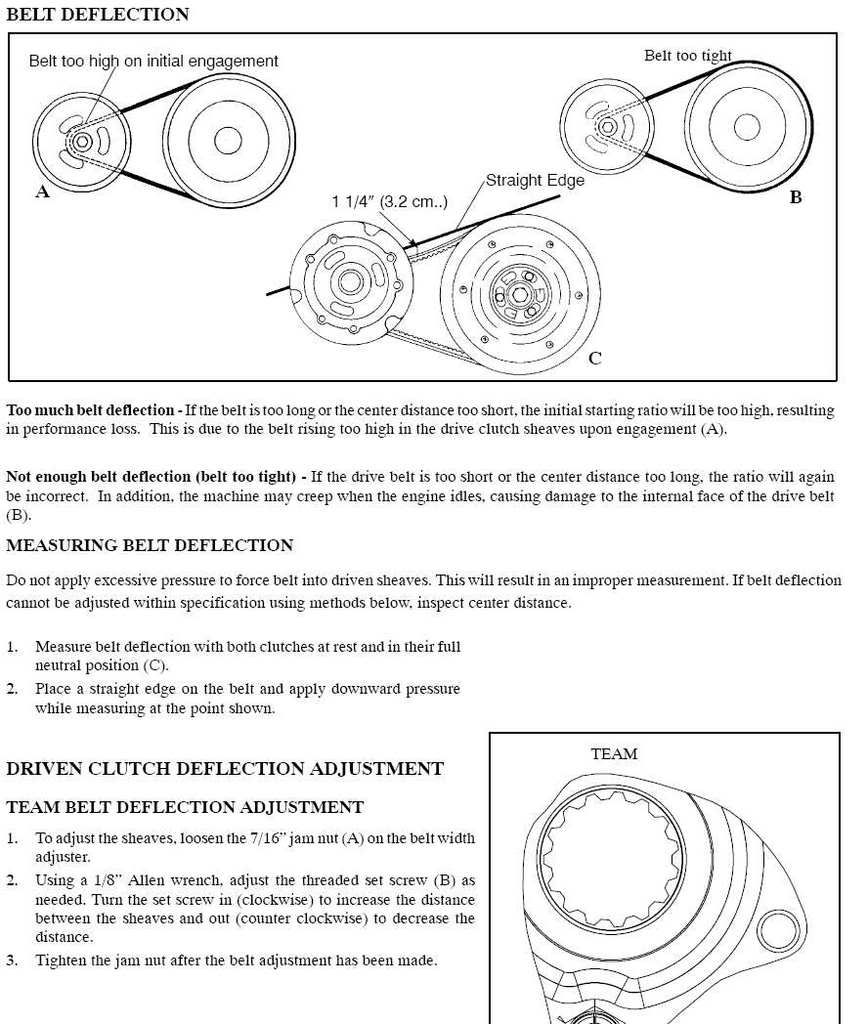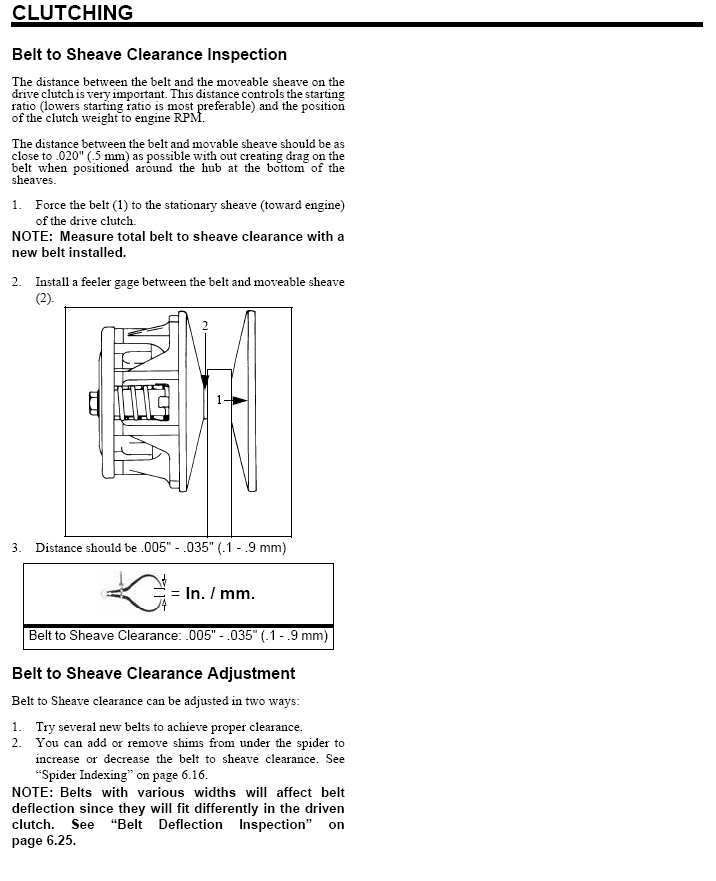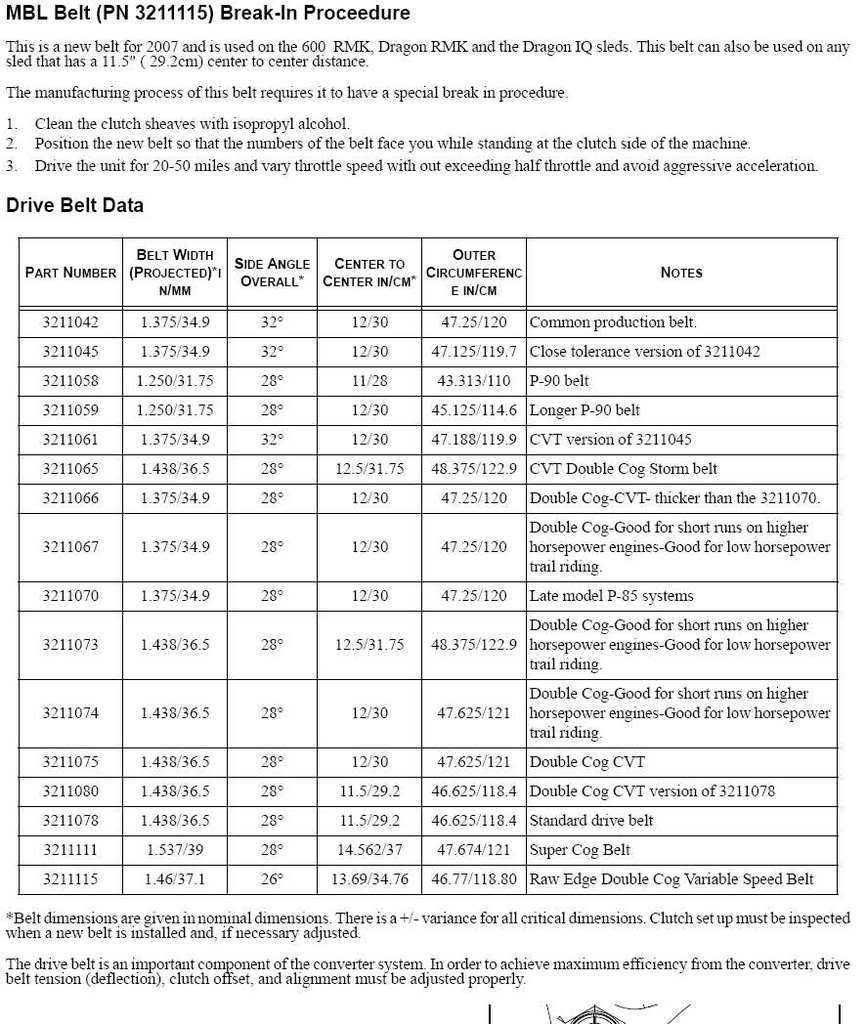S
Snoweasel
Active member
No belt problems here
750 miles on the D7 (rode like I stole it miles) and only 120 miles on the D8 and no sign of belt problems on either. The D7 has vents and the cluthches run waaay cooler and belt looks like new. I will put vents on the D8. I'm using the SLP LHS shock tower vent on the D7 (no foot well vents) and it seams to work very well on the D7 (50 bucks). I do scuff the primary and secondary clutch sheaves with a scuff pad after every major ride and I truly believe it's worth it as I have over 10,000 accumulated miles on several different Poo's (3000 miles max on any one) and have never lost a belt. I've run both the 080 and 115 on the palaris. A few freinds who run the Doo's XP's have not have belt problems AFTER they vented either. JMO
750 miles on the D7 (rode like I stole it miles) and only 120 miles on the D8 and no sign of belt problems on either. The D7 has vents and the cluthches run waaay cooler and belt looks like new. I will put vents on the D8. I'm using the SLP LHS shock tower vent on the D7 (no foot well vents) and it seams to work very well on the D7 (50 bucks). I do scuff the primary and secondary clutch sheaves with a scuff pad after every major ride and I truly believe it's worth it as I have over 10,000 accumulated miles on several different Poo's (3000 miles max on any one) and have never lost a belt. I've run both the 080 and 115 on the palaris. A few freinds who run the Doo's XP's have not have belt problems AFTER they vented either. JMO




